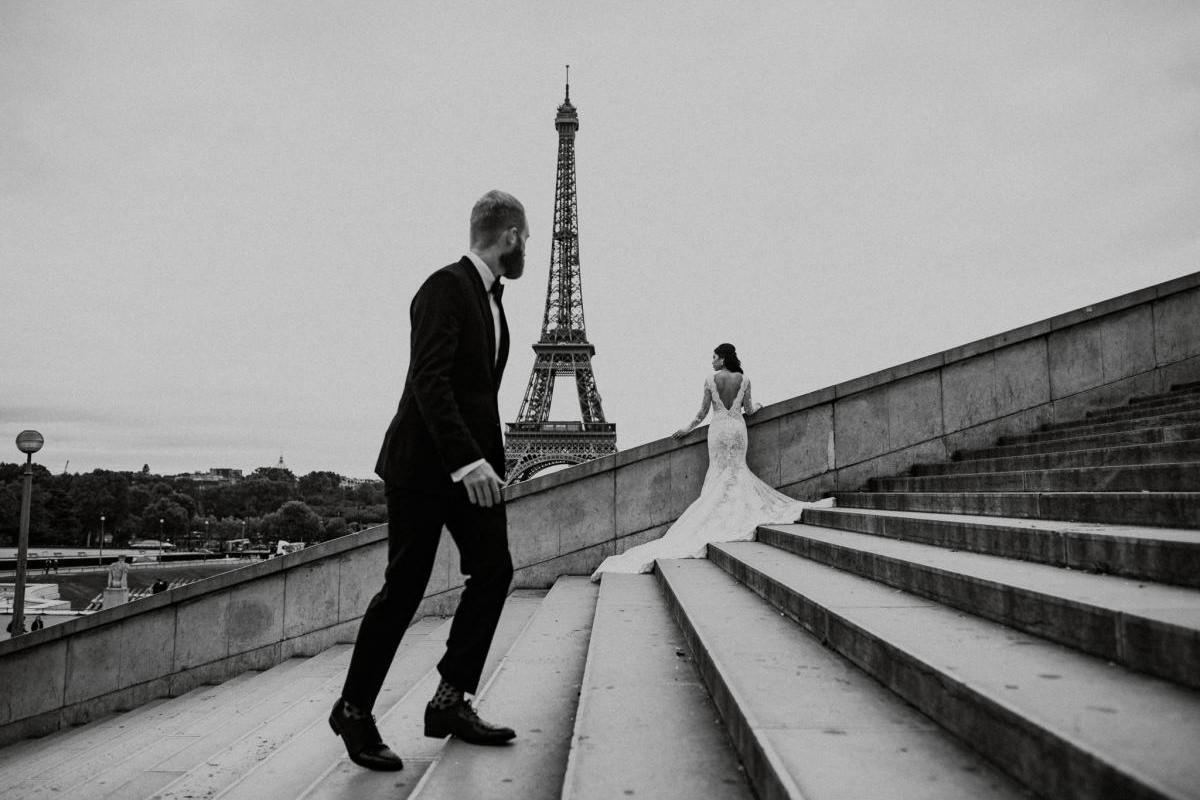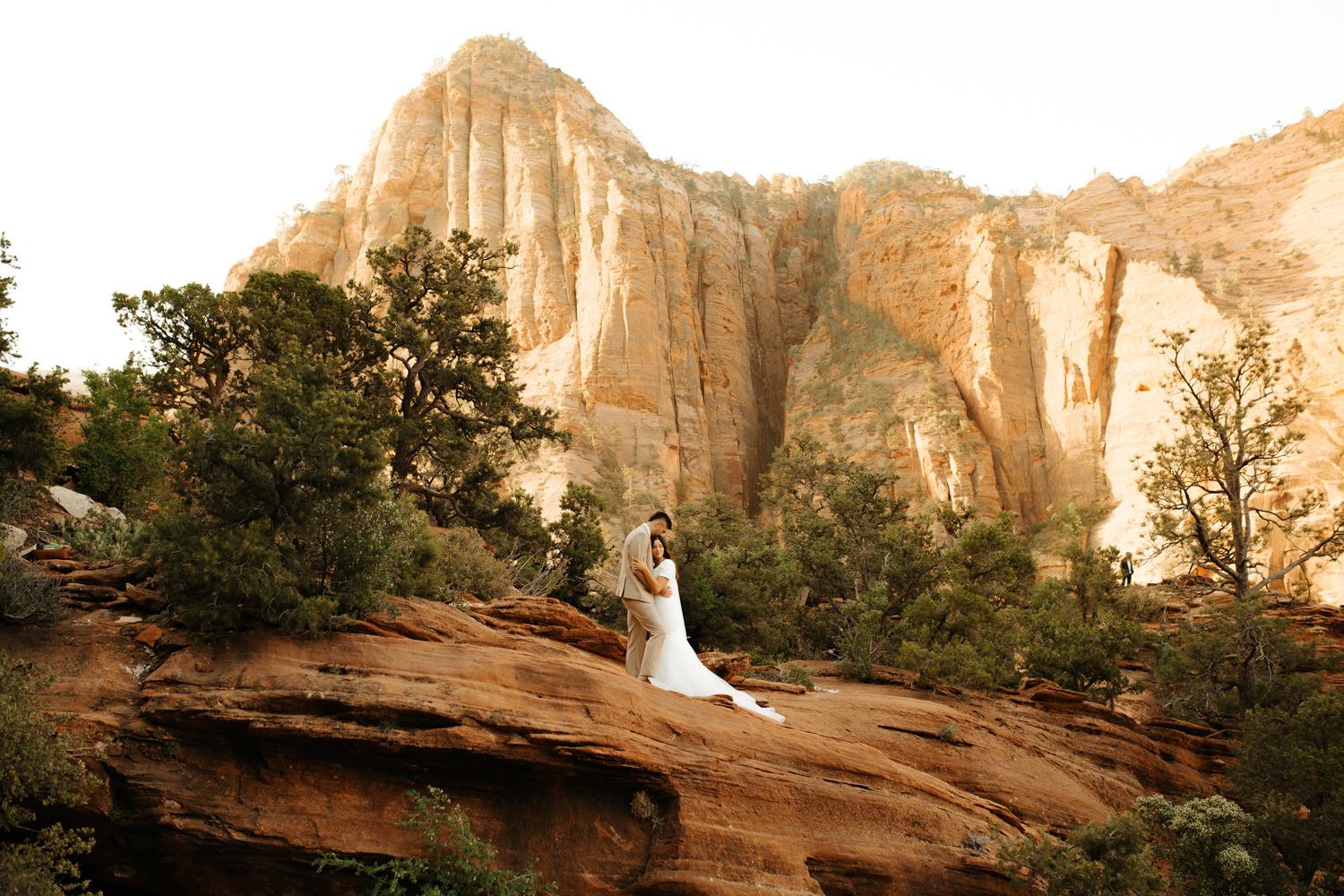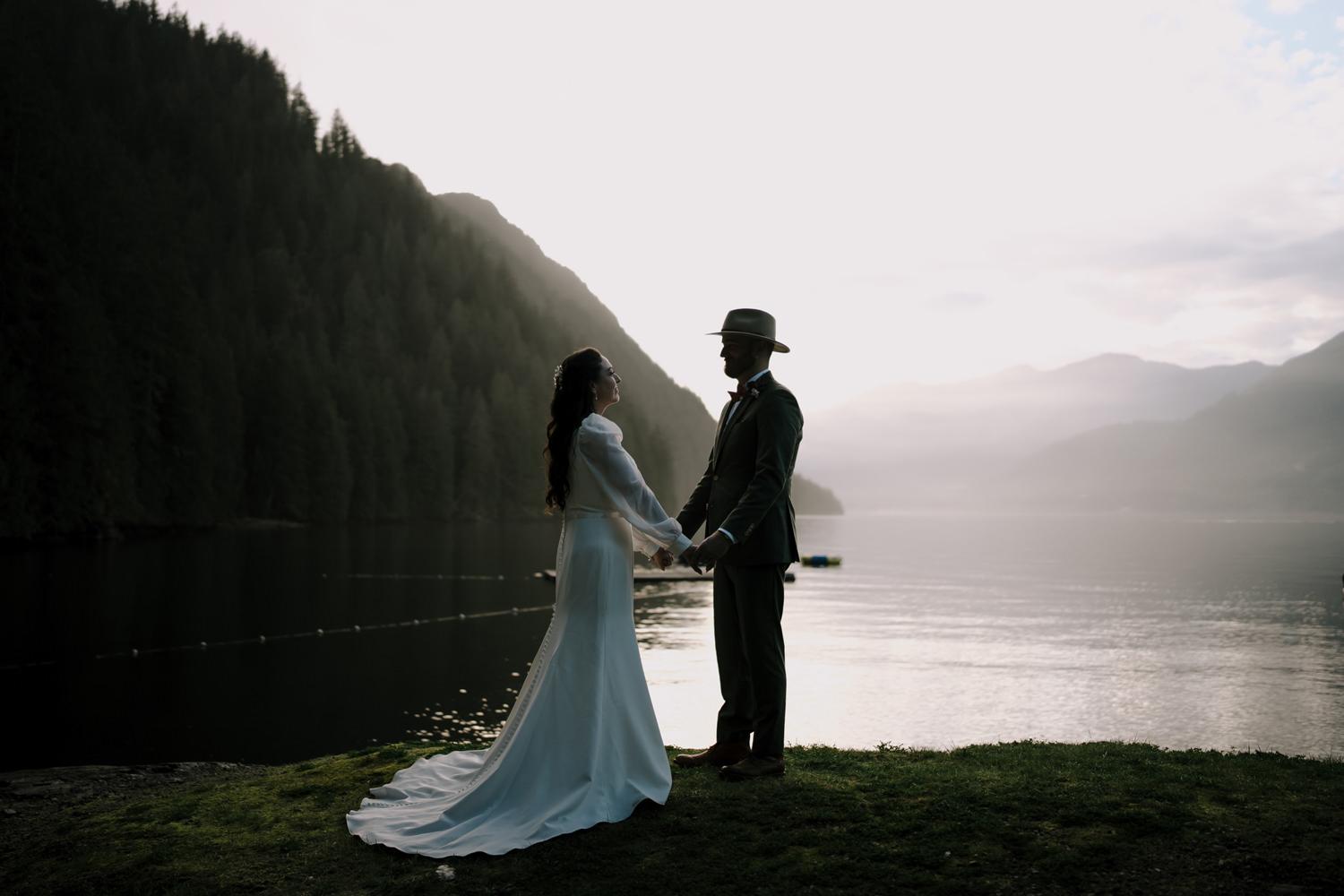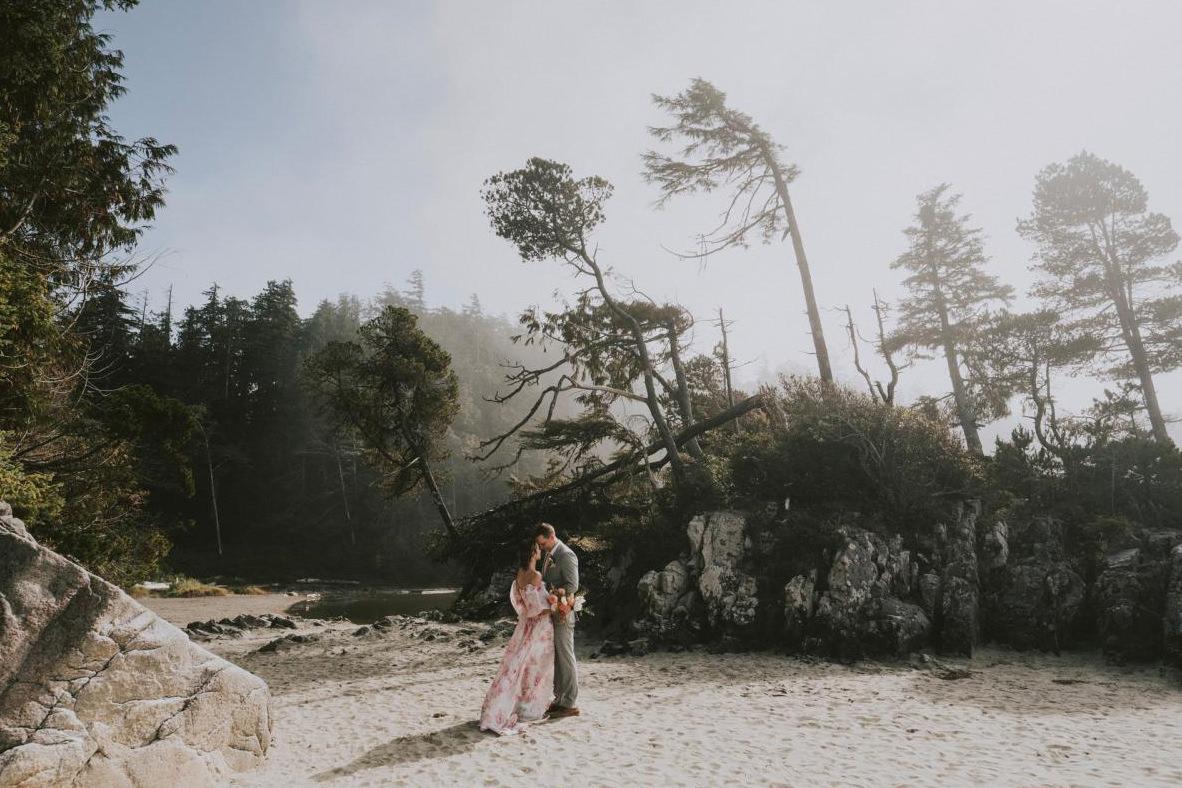Once a symbol of rebellion and disgrace, elopements have become a celebration of intimacy, autonomy, and modern love.
For generations, eloping meant defying family, tradition, or the law. Couples who eloped were often met with whispers—or worse. But today, elopements have taken on a new meaning, especially in Canada, where more couples are choosing personal, small-scale ceremonies that reflect their values rather than societal expectations.
Here’s how elopements evolved—from taboo to trend—and how Canadian couples are redefining what it means to “just run away and get married.”

What Eloping Used to Mean: Scandal, Secrecy, and Escape
Historically, elopements were not about romance—they were about urgency or necessity.
- In medieval and early modern Europe, eloping was often the only option for couples who lacked parental consent, dowry arrangements, or social approval.
- In Victorian England, eloping could mean running off to Gretna Green, Scotland, where marriage laws were looser.
- In 19th and early 20th century Canada, elopements were often viewed as shameful or impulsive, sometimes even nullified by religious institutions or local authorities.
In these eras, eloping meant rejecting external control—but it came with real social consequences.
20th Century Elopements: Love vs. Legitimacy
As marriage became more individualized, elopements started to shift:
- In the 1940s–60s, couples might elope due to pregnancy, financial hardship, or interfaith/racial barriers.
- Las Vegas-style weddings popularized the idea of a quick, no-frills union—often spontaneous and romanticized.
- Still, eloping often carried a stigma—associated with rebellion, impulsivity, or familial rupture.
Despite this, many couples eloped as an act of love, freedom, or survival.

The Elopement Renaissance: Intention Over Rebellion
Today, elopements have shed their shame. In fact, they’re often a deliberate, thoughtful choice.
Modern elopements are:
- Planned and personalized, not impulsive
- Often held in beautiful outdoor settings, from mountains to forests to coastlines
- Usually involve just the couple, or a very small group of witnesses
- Sometimes followed by a larger celebration later—or not at all
For many Canadian couples, eloping is about presence over performance, and authenticity over obligation.
Why More Couples Are Eloping in Canada
Elopements are rising in popularity due to:
- Cost savings: Elopements avoid the expenses of large receptions and guest lists.
- Pandemic influence: Restrictions forced many couples to scale back—and they liked it.
- Environmental and logistical simplicity: Fewer people means less waste, stress, and travel.
- A desire for privacy, intimacy, and emotional focus.
For LGBTQ+ couples, intercultural partners, or those with complex family dynamics, eloping offers freedom and safety.

Canadian Elopement Trends
Popular choices include:
- Banff, Jasper, and the Rockies for mountain elopements
- West Coast beaches and forests in BC
- Urban micro-weddings at city hall, rooftop patios, or art galleries
- Northern and rural escapes for unique landscapes and quiet beauty
Elopements in Canada often reflect the couple’s shared passions and love for the land.
Photographers and Elopement Storytelling
Elopements offer a unique storytelling opportunity:
- With fewer distractions, photographers can focus on emotion, landscape, and intimacy
- The day is flexible and collaborative, allowing for spontaneous moments and adventure
- Many couples invest more in elopement photography and videography because that’s how they’ll share the story later
Photographing an elopement means being part of the ceremony, not just capturing it.

Related Reading in the History of Weddings Series:
- The History of the Wedding Ceremony
- The History of Wedding Guest Lists
- The History of Marriage Licenses in Canada
- The History of LGBTQ+ Weddings in Canada
Continue Planning Your Wedding
Ready to dive into the details? How to Find the Perfect Wedding Photographer: The Ultimate Guide to Making the Right Choice